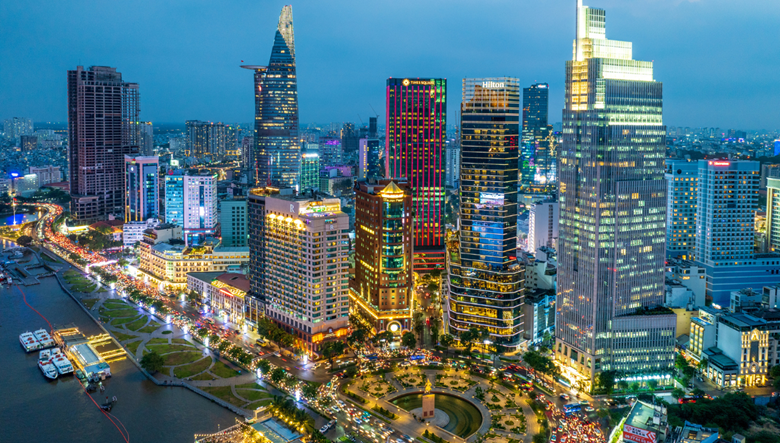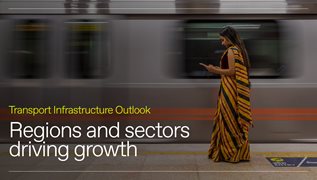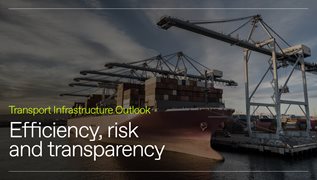Urbanisation drives infrastructure procurement in Vietnam
Rapid urbanisation, population growth, and the rising middle class are shaping infrastructure procurement in Vietnam.
By AnsaradaTue Aug 05 2025Mergers and acquisitions, Industry news and trends, Innovation

Demand for expanded and higher-quality infrastructure across multiple sectors means Vietnam is emerging as a major infrastructure player in the Asia Pacific region. Vietnam’s revised public-private partnership (P3) laws play a role in driving significant foreign investment.
The rising middle class in Vietnam demands new infrastructure
Around 40% of Vietnam’s population lived in urban areas in 2022, up from 30.5% in 2010, and is expected to reach 45% in 2025. The urban population exceeds the capacity of connectivity and utility systems, with large-scale procurement needed to meet demand. The Global Infrastructure Outlook Investment forecasts for Vietnam anticipate robust growth in spending on energy, telecommunications, and water until 2040.
Economic growth has increased the middle class from just 10% in 2000 to over 40% in 2022, with projected growth to 75% by 2030, according to the 2022 ‘The Infrastructure Opportunity in Viet Nam’ report, prepared by Arup Viet Nam for the Government of the UK. Demand for international and private education facilities, as well as basic needs like water and connectivity, now drives infrastructure procurement.
Climate change and resilience are essential in project design
With much of Vietnam’s population living in low-lying coastal and delta areas, which are vulnerable to flooding and climate risks, procurement must consider resilient and adaptive infrastructure. This includes water management systems, flood defenses, climate-resilient transport, and utilities infrastructure.
Economic development drives major transport infrastructure projects
Rapid economic growth in Vietnam is driving ambitious transport infrastructure projects. The Ho Chi Minh City-Can Tho high-speed railway P3 deal in 2023/4 was one of the year's largest deals, valued at $9.98 billion USD.
Hanoi’s Metro Line 2A is also now operational and provides urban mobility. Still underway are the North-South Expressway and Ho Chi Minh City’s first metro line, which is due for launch towards the end of 2025.
Public-private partnerships play an important role in delivering scale
P3 contracts are increasingly implemented to mobilise the necessary investment to deliver the expanding infrastructure needs of Vietnam’s changing demographics. The need for large-scale and long-term investment in social infrastructure, utilities, transport and climate-resilient systems means that procurement strategies in the region must evolve to address the growing and complex demands of a changing population.
Public agencies must partner with private contractors and experts to procure infrastructure that will close urban-rural infrastructure gaps and improve quality in line with rising expectations.
Streamlined, centralised digital procurement improves costing and delivery outcomes for transport
Accurate pricing and timeline development for transport projects is essential. The size of transport infrastructure projects adds to the complexity. Streamlining risk assessments, the tender process, and ongoing collaboration for the duration of the P3 contract is critical to ensure successful delivery.
Ansarada’s purpose-built platform has the functionality of up to six different tools, bringing communication, document sharing and redaction, AI analytical tools, and risk management into one central location.
Don’t risk miscommunication — manage procurement seamlessly from an end-to-end encrypted and secure procurement platform that allows granular access for collaborators.


